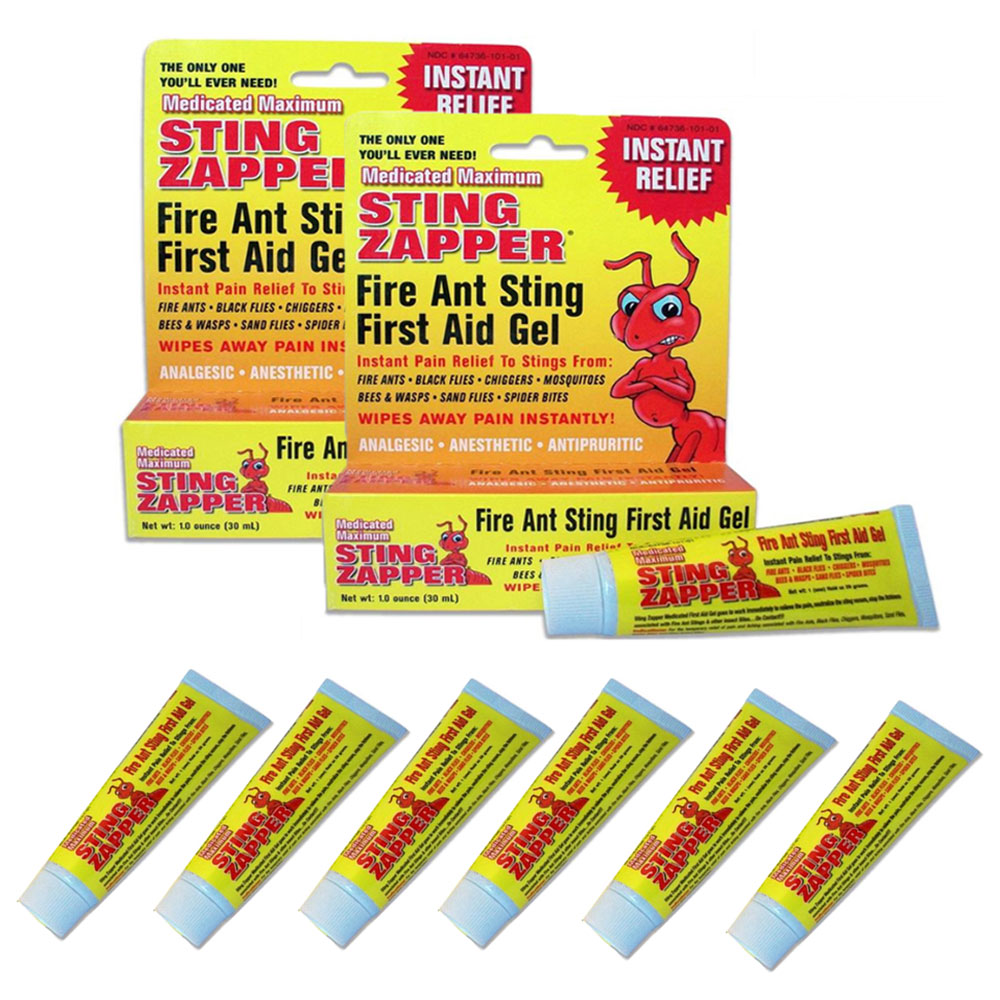
But if you’re stung just once and don’t see the fire ant, you’ll know it by the fiery sensation and the white pus-filled blister that forms a day or two later. Of course, if you’ve picked up multiple fire ants, you’ll know what’s stinging you because you’ll see and feel them on your skin. “You may see a row of red marks, and that’s where one ant has grabbed on and stabbed its stinger down in a semicircle,” he says. “You may be outside working in a garden or something and get just one on your arm or leg, but commonly people make the mistake of stopping and standing on a mound without realizing it, so they end up covered and they get hundreds of stings.”Ī fire ant’s stinger is not barbed, so it can sting a person multiple times. It’s possible to experience just a single sting from a lone fire ant. “It starts out as a small, red spot, and, after a day or two, a white pustule forms that’s itchy and a little bit painful,” Merchant says. How You Know It’s a Fire Ant Bite or Sting Merchant says fire ants are well named because their sting causes a hot, fiery sensation on the skin. “Only the females sting, and their stinger is very sharp and delivers venom.” “Fire ants don’t bite, they deliver a sting via their tail,” Merchant says. Fire ants are among the very few types of domestic ants that frequently bite people.īut saying that these ants “bite” is actually inaccurate. Unfortunately their prey includes humans. “Wherever they go, they lower biodiversity and attack other ants and animals.” ( 2) And since then, they’ve become an “ecological disaster,” Merchant says. It’s thought that fire ants arrived in the United States in the 1930s via cargo ships traveling from South America. ( 1) “In Texas and a lot of the Southwest, they’ve made going outside and sitting on the ground a pleasure of the past,” he says. And as the species has spread across much of the southern half of the continental United States, many people have had similar run-ins with fire ants. Merchant says that when he and his wife moved to Texas many years ago, they had a horrific, picnic-spoiling fire ant experience like the one described above. Severe allergic reactions can be caused by ant stings in particular and venomous stings in general, including severe chest pain, nausea, severe sweating, loss of breath, serious swelling, fever, dizziness, and slurred speech they can be fatal if not treated.“They’re really a miserable ant species,” says Michael Merchant, PhD, a professor of entomology at Texas A&M University in Dallas.ĭr. Applying zinc oxide or calamine lotion.External treatments: a topical steroid cream ( hydrocortisone), or one containing Aloe vera.


: 450įirst aid for fire ant bites includes external treatments and oral medicines. Particularly painful are stings from fire ants, although the bullet ant's sting is considered by some to be the most painful insect sting. Stinging ants cause a cutaneous condition that is different from that caused by biting venomous ants.

In the case of fire ants, the venom consists mainly of alkaloid (>95%) and protein (<1%) components. Notable examples include a few species of medical importance, such as Solenopsis (fire ants), Pachycondyla, Myrmecia (bulldog ants), and Paraponera (bullet ants). Of all extant ant species, about 71% are considered to be stinging species, as some subfamilies have evolutionarily lost the ability to sting. Most ants spray or inject a venom, the main constituent of which is formic acid only in the case of subfamily Formicinae.

Sterile pustules 3 days after fire ant stings.Īnt venom is any of, or a mixture of, irritants and toxins inflicted by ants.


 0 kommentar(er)
0 kommentar(er)
